 1981 Triumph Acclaim Dimensions, Size & Specs
1981 Triumph Acclaim Dimensions, Size & SpecsMeasurements of the 1981 Triumph Acclaim, engineered for optimal performance and comfort
| Dimensions | |
|---|---|
| Length: | 4094 mm161.2 in13.4 ft |
| Width: | 1600 mm63.0 in5.2 ft |
| Height: | 1339 mm52.7 in4.4 ft |
| Tire Specifications | |
| Tire Size: |
|
The Triumph Acclaim sedan, produced from 1981 to 1984, is a compact family car offering practical design and classic British automotive craftsmanship. Measuring 4094 mm (161.2 inches) in length, 1600 mm (63.0 inches) in width, and 1339 mm (52.7 inches) in height, the Acclaim fits comfortably into the compact sedan class typical of early 1980s vehicles. The car's dimensions provide a balanced footprint that is manageable in urban environments while delivering enough interior space for everyday usability. The 165/70 R13 tire size complements the vehicle's compact structure, supporting stable handling and a comfortable ride. This generation of the Triumph Acclaim shares its roots with reliable engineering and solid build quality, making it a notable model in the British sedan market during its production years. With these dimensions, the Acclaim stands out as a classic compact sedan that blends traditional design with practical size, ideal for those seeking a vintage vehicle with manageable proportions.
Discover the standout features that make the 1981 Triumph Acclaim a leader in its class
Have a question? Please check our knowledgebase first.
The 1981-1984 Triumph Acclaim sedan measures 4094 mm (161.1 inches) in length, 1600 mm (62.99 inches) in width, and 1339 mm (52.7 inches) in height. These dimensions make it a compact sedan suitable for urban environments, offering a balance between interior space and manageable exterior size.
At 1600 mm (62.99 inches) wide, the Triumph Acclaim has a relatively narrow profile compared to many early 1980s sedans, which often measured closer to 1700 mm or more in width. This narrower stance contributes to easier maneuverability and parking in tight spaces, though offers slightly less shoulder room inside compared to wider competitors.
The Triumph Acclaim stands at 1339 mm (52.7 inches) tall. This modest height supports decent headroom for passengers while maintaining a low profile that helps with aerodynamic efficiency. A lower height generally helps reduce wind resistance, potentially improving fuel economy and stability at highway speeds.
This model is fitted with 165/70 R13 tires, which are relatively narrow and mounted on 13-inch wheels. The narrower tire profile is typical for compact sedans of the era, providing a balance of ride comfort and fuel efficiency. While larger tires might improve handling, the 165/70 R13 tires favor a smooth ride and contribute to the car's overall stability on typical road surfaces.
Yes. With a length of 4094 mm (161.1 inches) and width of 1600 mm (62.99 inches), the Triumph Acclaim comfortably fits into a standard single-car garage. Typical garages range from about 2700 mm to 3000 mm wide and around 5400 mm long, so the Acclaim leaves ample space for opening doors and moving around the vehicle inside most standard garages.
The Triumph Acclaim was closely based on the Honda Ballade, reflecting Honda's influence during its production from 1981 to 1984. Compared to earlier Triumph models like the Dolomite, the Acclaim is slightly more compact, especially in width, emphasizing efficiency and urban-friendly dimensions. This size reduction helped modernize Triumph's lineup with a more practical and economical vehicle while maintaining British styling.
The Triumph Acclaim’s dimensions are on the smaller side compared to contemporaries such as the Ford Escort Mk3 or Volkswagen Golf Mk1 sedans. Its length of 4094 mm (161.1 inches) is slightly shorter, and its width of 1600 mm (62.99 inches) narrower than many rivals, translating to easier urban maneuvering. This compactness was attractive to buyers seeking economy without sacrificing practicality.
Despite its compact exterior, the Triumph Acclaim offers efficient interior packaging. Its relatively tall cabin for a compact sedan provides comfortable headroom while the moderate width supports enough shoulder space for four adults. Dimensions suggest a cozy but practical interior, well-suited for city commuting and small family use.
Certainly. The compact dimensions, paired with relatively narrow 165/70 R13 tires, contribute positively to the Acclaim’s agile handling and reduced rolling resistance. Narrow tires lower the vehicle's grip slightly but improve fuel economy and ride comfort by reducing road noise and vibration. Its size also allows for a lighter curb weight, further enhancing fuel savings and nimble performance.
Produced from 1981 to 1984, the Triumph Acclaim marked a significant collaboration between British Leyland and Honda, using Honda’s engineering to revive Triumph’s competitiveness. It was the first Triumph model produced under this partnership and provided a reliable, economical choice with front-wheel drive and efficient packaging. Its production run ending in 1984 set the stage for later models such as the Triumph Acclaim’s successor, the Rover 200.
Discover similar sized cars.
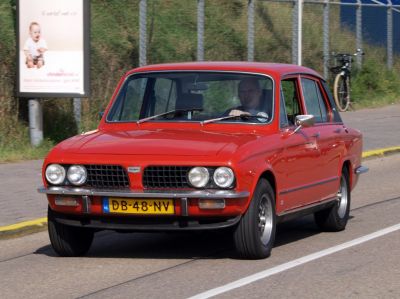
| Production: | 1972-1981 |
|---|---|
| Model Year: | 1972 |
| Length: | 4115-4122 mm162.0-162.3 in |
| Width: | 1568-1588 mm61.7-62.5 in |
| Height: | 1372 mm54.0 in |
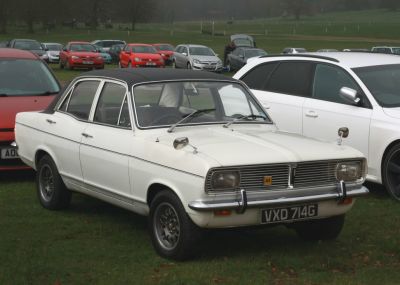
| Production: | 1966-1970 |
|---|---|
| Model Year: | 1966 |
| Length: | 4094 mm161.2 in |
| Width: | 1600 mm63.0 in |
| Height: | 1338 mm52.7 in |
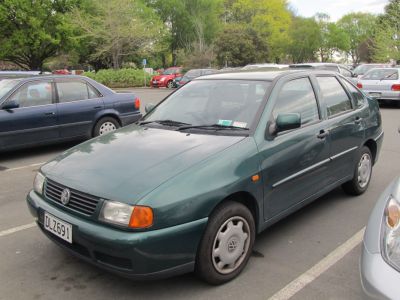
| Production: | 1994-2000 |
|---|---|
| Model Year: | 1994 |
| Length: | 4164 mm163.9 in |
| Width: | 1640 mm64.6 in |
| Height: | 1414 mm55.7 in |
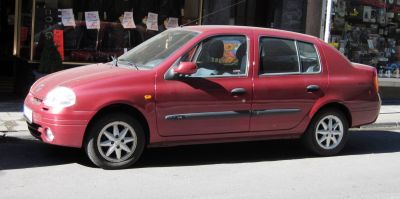
| Production: | 1999-2002 |
|---|---|
| Model Year: | 1999 |
| Length: | 4150 mm163.4 in |
| Width: | 1639 mm64.5 in |
| Height: | 1416 mm55.7 in |
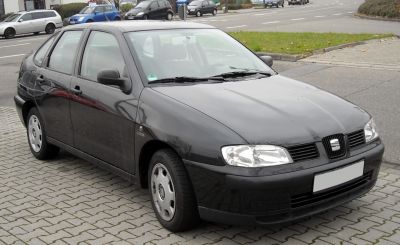
| Production: | 1999-2002 |
|---|---|
| Model Year: | 1999 |
| Length: | 4163 mm163.9 in |
| Width: | 1640 mm64.6 in |
| Height: | 1424 mm56.1 in |
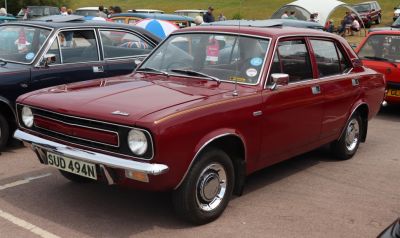
| Production: | 1971-1979 |
|---|---|
| Model Year: | 1971 |
| Length: | 4150 mm163.4 in |
| Width: | 1650 mm65.0 in |
| Height: | 1410 mm55.5 in |
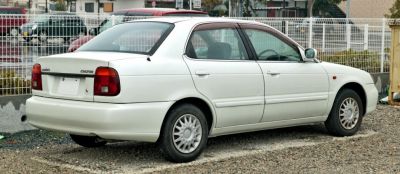
| Production: | 1988-2003 |
|---|---|
| Model Year: | 1989 |
| Length: | 4075 mm160.4 in |
| Width: | 1600 mm63.0 in |
| Height: | 1340-1380 mm52.8-54.3 in |
